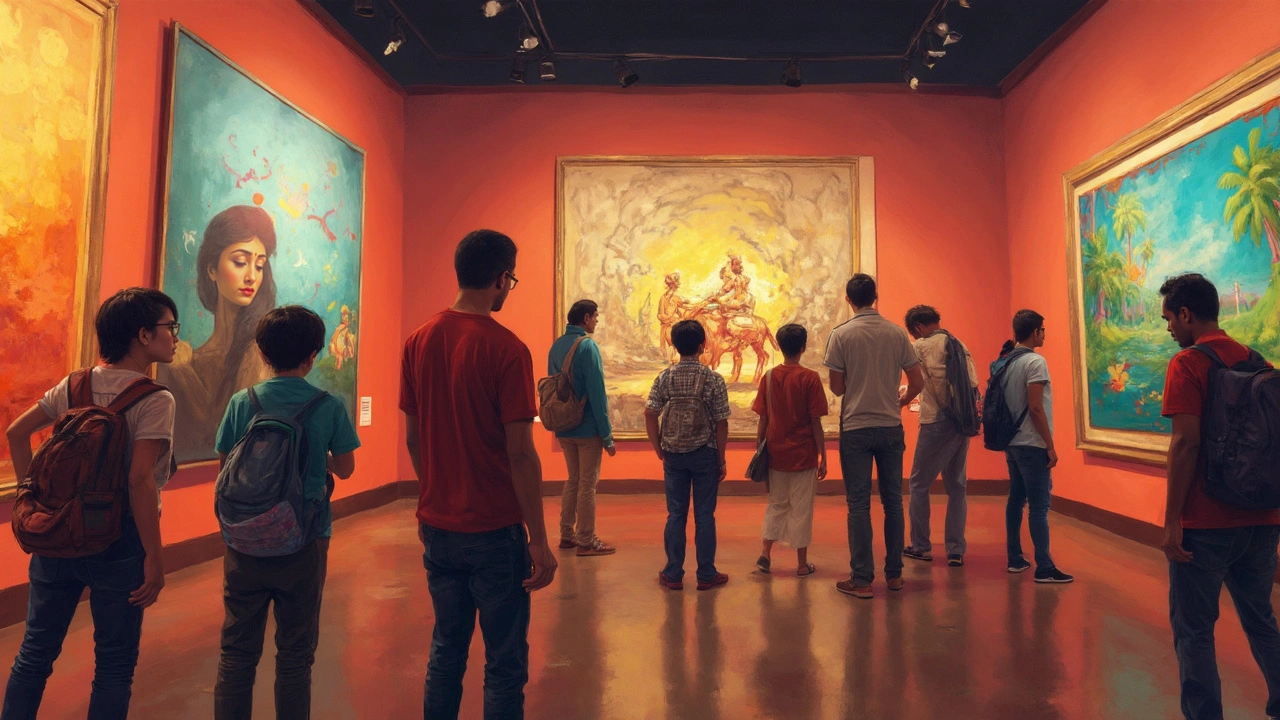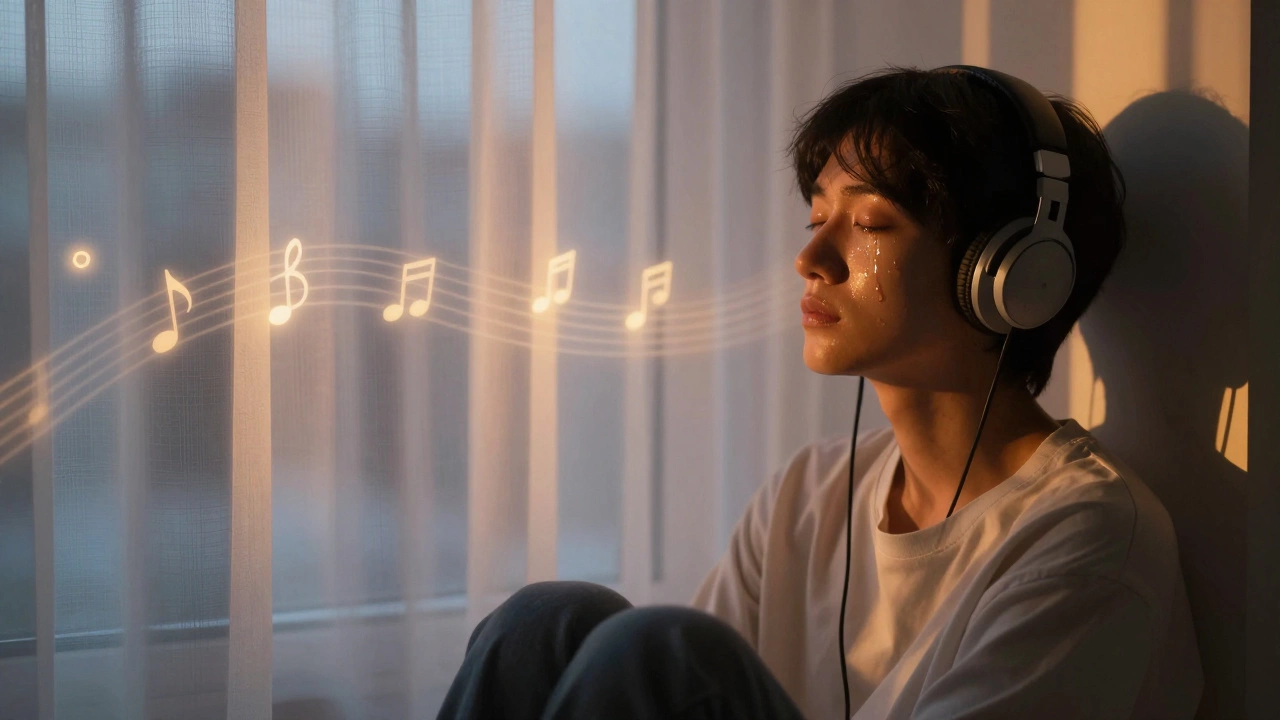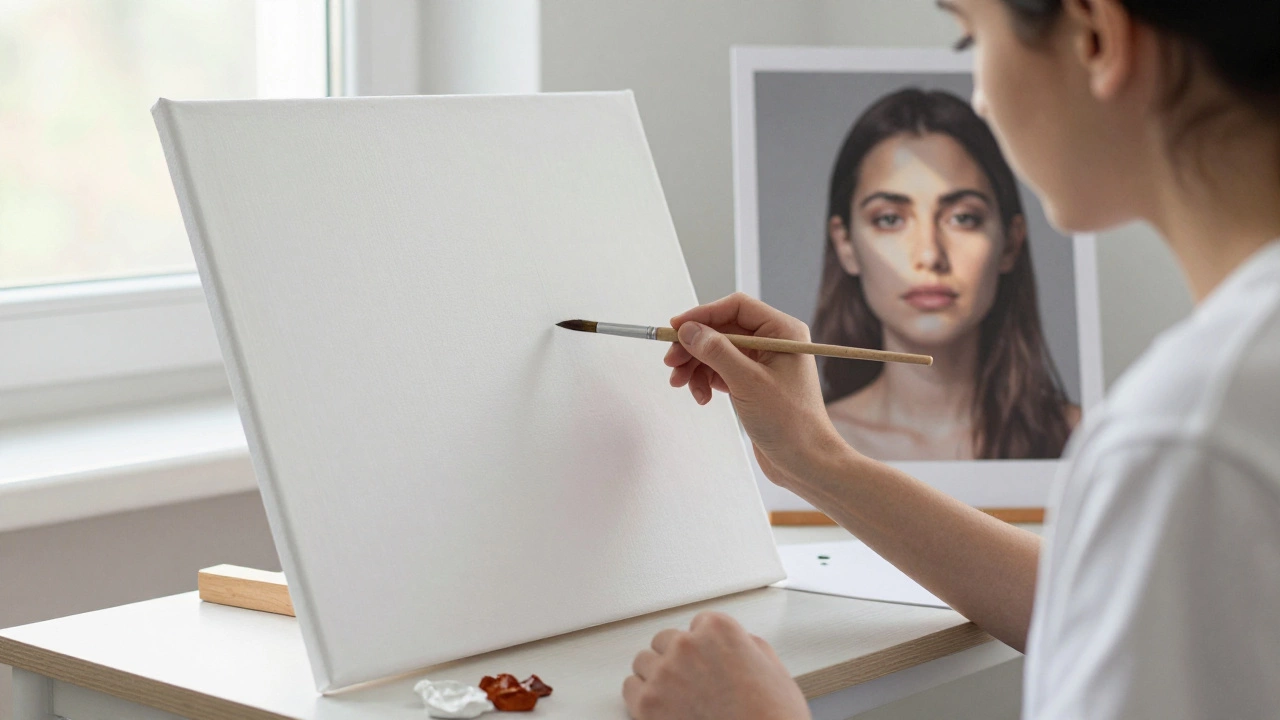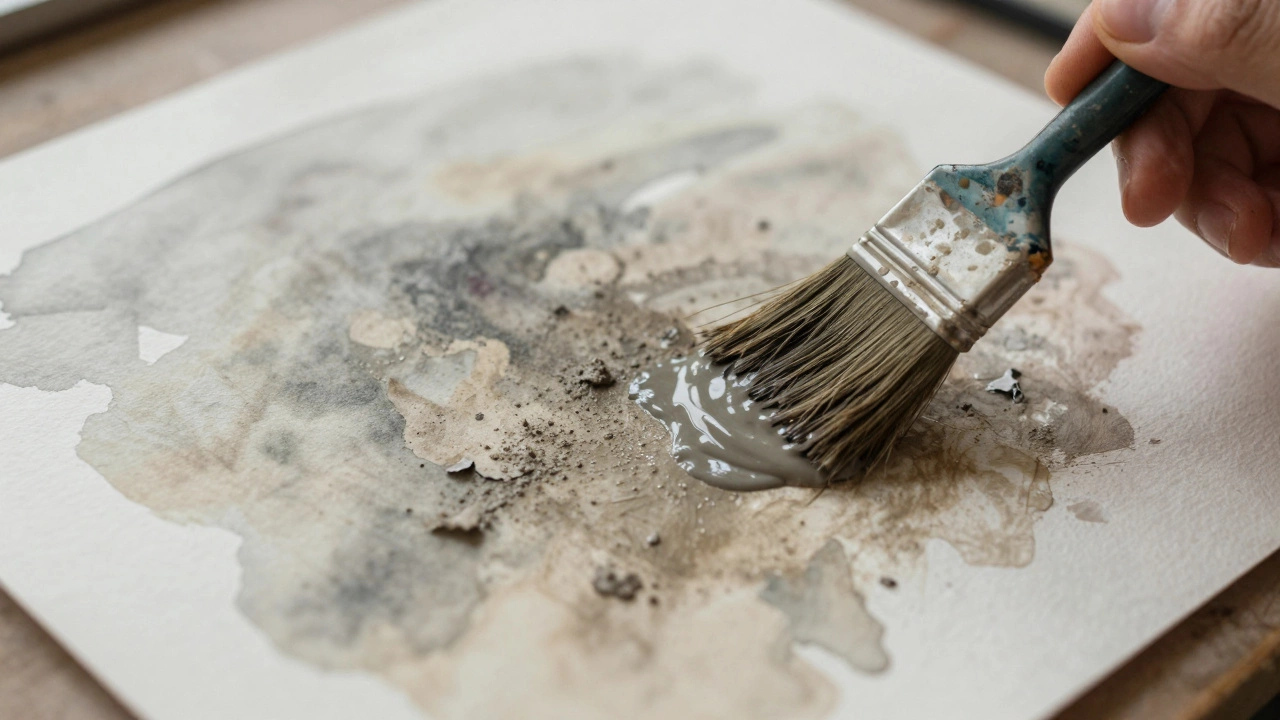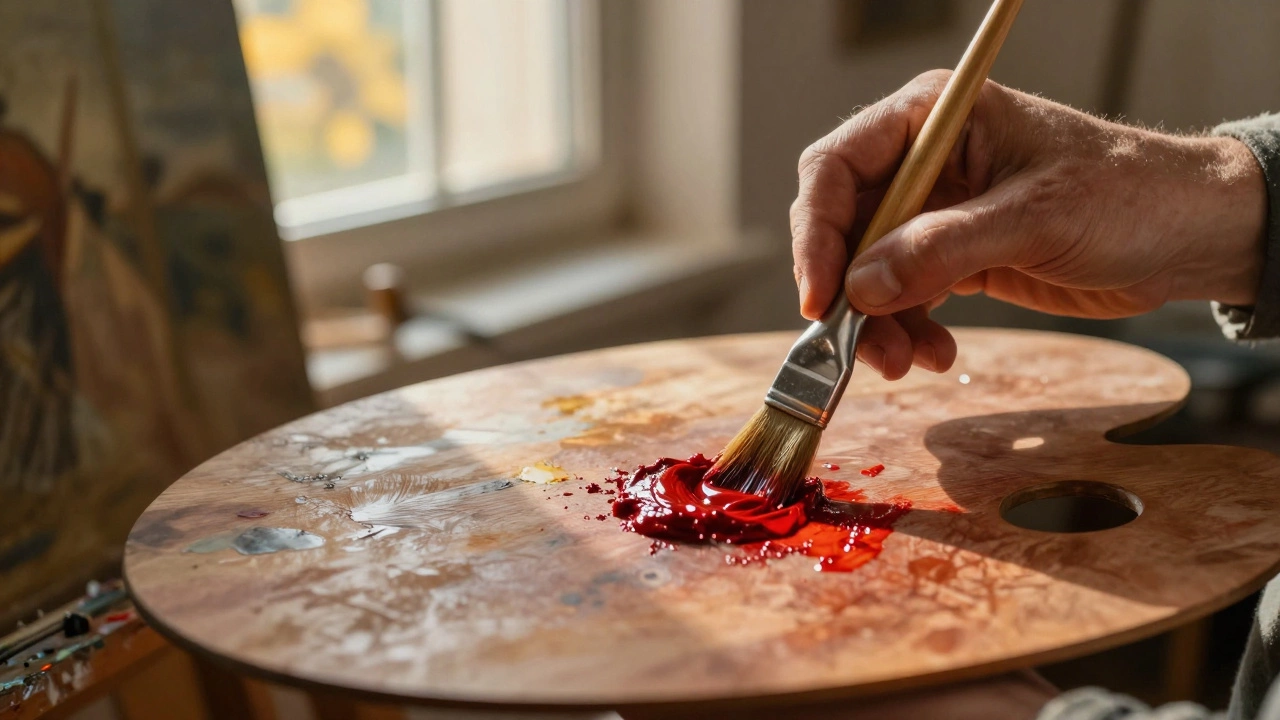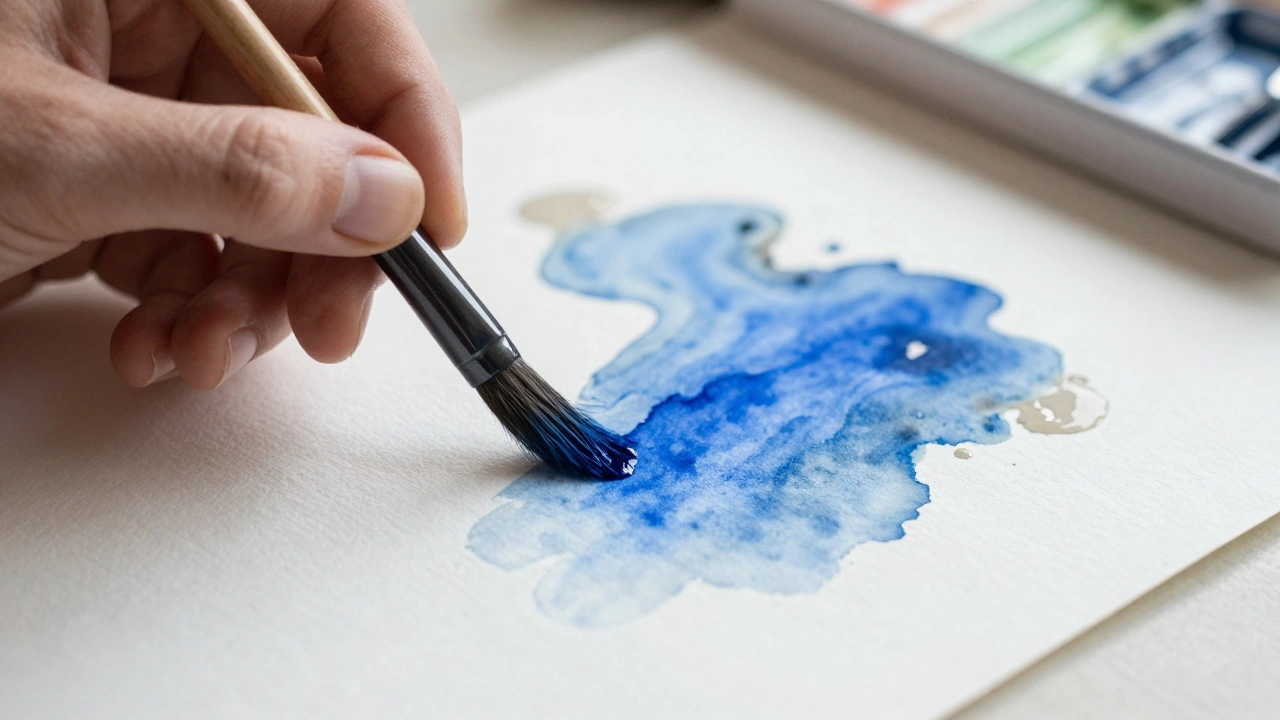At first glance, a lot of modern art looks like it broke all the rules on purpose. That's actually the point—modern artists wanted to break free from what everyone before them thought “real art” was supposed to be. Tired of copying what they saw and what their teachers told them, they decided to shake things up.
Not long ago, if you wanted to be a respected painter, you had to master every detail—faces had to be just right, light and shadows had to look real, and paintings were supposed to feel almost like windows into the world. Modern artists ditched all that. They started asking, “Does this really have to look like a person?” and “Why can’t I show my feelings instead of just a perfect scene?”
It’s kind of wild how fast this shift happened. In just a few years, galleries went from showing dreamy landscapes to wild splashes of color that didn’t look like anything you’d see outside. Ever wonder why? It was a conscious rejection of old ideas about beauty, skill, and even the very purpose of art. By throwing out these rules, artists opened the doors for our wildest imaginations to step in.
- Turning Away From Tradition
- The Ditching of Realism
- Breaking Rules in Technique and Subject
- Lasting Impact: Why The Rejection Mattered
Turning Away From Tradition
Back in the late 1800s, art was pretty much about copying life as closely as possible. Painters went to strict art academies where they spent years learning how to sketch realistic faces, copy famous sculptures, and mix colors perfectly. There were set rules for everything. The best artists in those days, like Jean-Léon Gérôme and William-Adolphe Bouguereau, painted scenes from history or religion. If it didn’t look real, it wasn’t taken seriously.
Suddenly, that mindset got kicked to the curb. Artists like Claude Monet and Paul Cézanne started to question why copying reality was so important. Monet, for example, cared a lot more about catching the feeling of a sunrise than painting every leaf perfectly. Cézanne thought a painting should show shapes and colors as the artist saw them, not just how they “should” look.
By the early 1900s, this break from tradition exploded. Radical groups like the Fauves in France threw out old color rules completely. They’d use bright colors straight from the tube—no mixing, just pure boldness. Picasso and Braque invented Cubism, which smashed objects into weird angles and shapes nobody had seen in paintings before. Here’s a quick look at some of these shake-ups:
- Modern art ignored perspective, so things didn’t have to look three-dimensional or realistic.
- Artists turned to everyday objects instead of kings, saints, or wars.
- They played around with wild colors, odd materials (even scraps and trash), and unfinished-looking brushstrokes.
This change wasn’t just about being rebellious. It matched up with big shifts in the world: the invention of the camera (which could capture scenes more accurately than any painter), psychology (hello, Sigmund Freud), and even city life, which felt way busier than the quiet countryside paintings of the past.
| Year | Event | Impact |
|---|---|---|
| 1874 | First Impressionist exhibition | Critics called it a scandal, but it started a wave of new styles |
| 1905 | Fauvism shown in Paris | Shocked audiences with wild, pure color use |
| 1917 | Dada movement begins | Mocked traditional art ideas by calling urinals and bicycles "art" |
So when people talk about modern art rejecting the past, they're not kidding. It was an all-out push to do things differently, both in what artists painted and how they thought about what art could actually be.
The Ditching of Realism
Back in the late 1800s, art was all about copying what you saw. Paintings were expected to be like photographs, showing every detail from shiny fruit in a bowl to someone’s wrinkles. Then along came a group of painters who were bored with always trying to fool the eye. Impressionists like Claude Monet, for example, focused more on the feeling of a scene than getting every blade of grass right. They didn’t care if a pond looked blurry—what mattered was the mood.
This shift set off a chain reaction. Soon, artists tossed out the old rulebook on realism. Why stick to perfect details, they thought, when art could just focus on color, shape, and pure expression? Pablo Picasso’s famous work, "Les Demoiselles d’Avignon" (1907), shocked everyone. The people in it look almost mask-like and angular—nothing like classical paintings. Picasso and others in the Cubism moment broke down subjects into simple shapes, showing them from many angles at once.
- Expressionism ramped things up another notch. Think Edvard Munch’s "The Scream." The figure is stretched and twisted, and the background swirls. It’s all about raw, gut emotion, not what your eyes actually see.
- Abstract art took the biggest leap: artists like Wassily Kandinsky made paintings that ditched recognizable subjects altogether. It was just color, line, and movement—no faces or landscapes needed.
- By the 1920s, realistic painting was almost out of fashion in the art world’s trendiest circles. To show how fast things changed, check out this timeline:
| Year | Artist | Artwork | Key Shift |
|---|---|---|---|
| 1872 | Claude Monet | Impression, Sunrise | Blurry, impressionistic scenes |
| 1907 | Pablo Picasso | Les Demoiselles d’Avignon | Breaking forms into shapes |
| 1913 | Wassily Kandinsky | Composition VII | Fully abstract—no subjects |
So why did modern art dump realism so quickly? Artists got tired of pleasing the eye and competing with cameras, which could already do realism better and faster. They wanted to show what was on the inside, not just copy what was outside. The result? Art became a way for anyone to share how the world felt, not just how it looked.
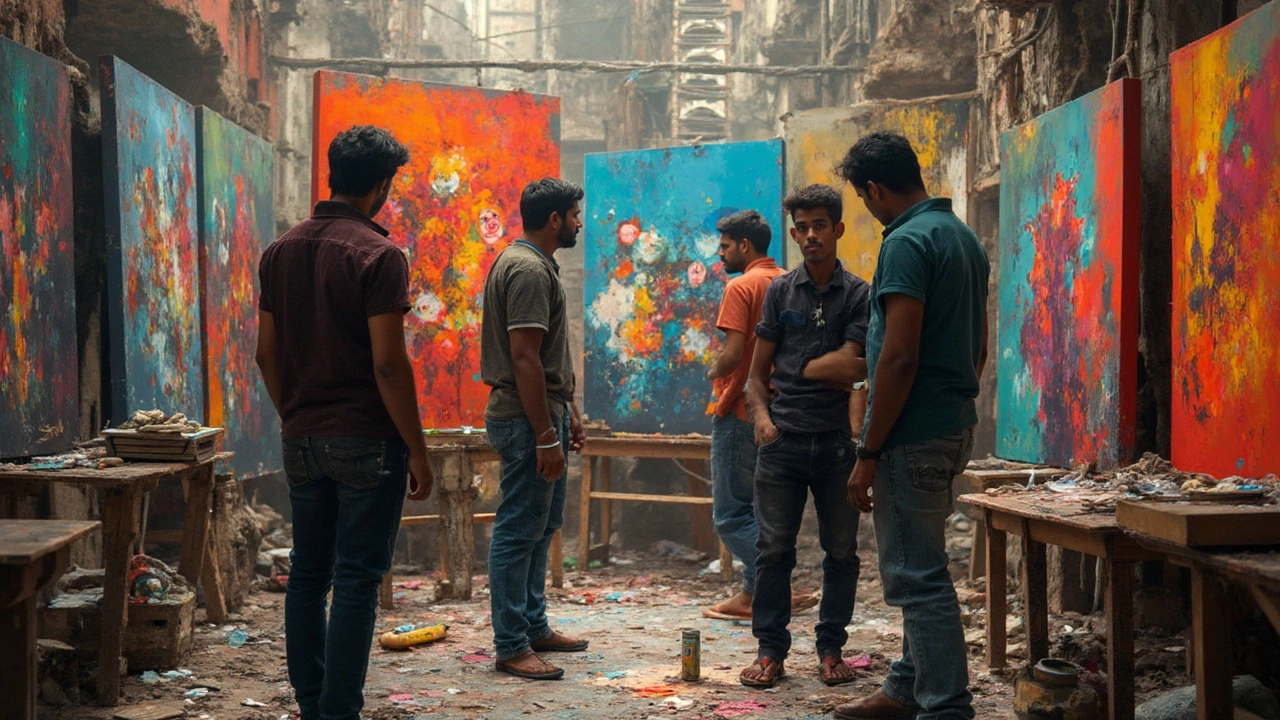
Breaking Rules in Technique and Subject
This is where things really started to get juicy in modern art. Instead of using the same old brushes and canvas, artists got creative with what they used—and what they painted about. For the first time, you’d see paint slapped on with a palette knife, thick globs layered up, or even house paint poured right onto the canvas. Some artists cut up newspapers and glued the scraps to their art. Picasso and Georges Braque did this with Cubist collages, changing how we even define what a painting is.
Subject matter totally changed, too. Before modern art, most paintings showed religious scenes, grand royals, or proper landscapes. Suddenly, artists started capturing everyday life—like Edouard Manet showing café scenes or Henri Matisse painting his messy studio. Wassily Kandinsky went even further, making art with no people or things at all, just colors and shapes that showed how he felt inside.
Some rules artists broke along the way:
- Perspective: No more making things look 3D. Some artists ditched this and painted flat, bold patterns, like in Henri Rousseau’s jungle scenes.
- Realistic colors: Blue horses, pink trees—Franz Marc and the Fauvists used whatever color fit their mood, not what nature said.
- Standard surfaces: Instead of canvas, people used cardboard, sheet metal, or even found objects. Marcel Duchamp famously used a bicycle wheel and a urinal!
Here’s a quick peek at just how much things shifted across a few well-known artists and styles:
| Artist/Style | Old Way | Modern Twist |
|---|---|---|
| Picasso (Cubism) | Single viewpoint, smooth shading | Multiple angles at once, chunky and abstract |
| Kandinsky (Abstract) | Recognizable objects | Only shapes and colors |
| Duchamp (Dada) | Paintings | Everyday items turned into "art" |
| Matisse (Fauvism) | Earth-tone colors, detailed form | Wild colors, bold shapes |
If you’re checking out modern art today, keep an eye out for these broken rules. The unexpected moves are what made the art world flip out—and then, over time, totally accept a new kind of creativity.
Lasting Impact: Why The Rejection Mattered
The bold choices made by modern artists didn’t just stir up controversy; they completely rewired what the world expected from art. All those “weird” moves weren’t just personal quirks—today, they shape galleries, classrooms, and even the way people create TikToks or memes. If you’ve ever wondered why something like a giant all-white canvas can become a museum hit, it traces back to what modern art dared to reject.
The most important thing to know: modern art told everyone that art wasn’t just about copying what you see. It could be about feelings, crazy ideas, or just experimenting. Picasso turned faces sideways, Kandinsky painted his favorite music, and Jackson Pollock flung paint around instead of using a brush. This freedom kicked open the door for new styles: surrealism, abstract art, pop art, minimalism—the list keeps growing.
Here’s a quick look at some big changes modern art kickstarted:
- No more rulebook: Artists stopped worrying about “the right way” to do things. Mistakes? Maybe they’re part of the point.
- More voices at the table: You didn’t have to be rich or paint for a king—art was for everyone. Suddenly, women and outsiders got more chances to show their work.
- Art as protest or activism: Modern art paved the way for artists to fight against wars, stand up for civil rights, and challenge the status quo.
- New materials and tech: Installing random objects? Using spray paint or video? Totally normal now, because somebody broke those old barriers.
To see how far things have come, check out this simple timeline of major moments that grew out of modern art’s big rejection:
| Year | Event |
|---|---|
| 1917 | Marcel Duchamp puts a urinal in a gallery and calls it “art”—people freak out, but the world pays attention |
| 1940s | Abstract Expressionism takes off in New York, making the city the new world art center |
| 1962 | Andy Warhol’s Campbell’s Soup paintings start the pop art movement, mixing ads and celebrity culture with high art |
| 1970s | More women and underrepresented groups show work at big museums like MoMA thanks to activism and changing ideas |
All those rejections from modern art didn’t close doors—they opened a thousand others. If you ever feel like making something weird, personal, or just plain honest, you owe a bit of that freedom to modern artists telling the old rule-makers: “No thanks.”
